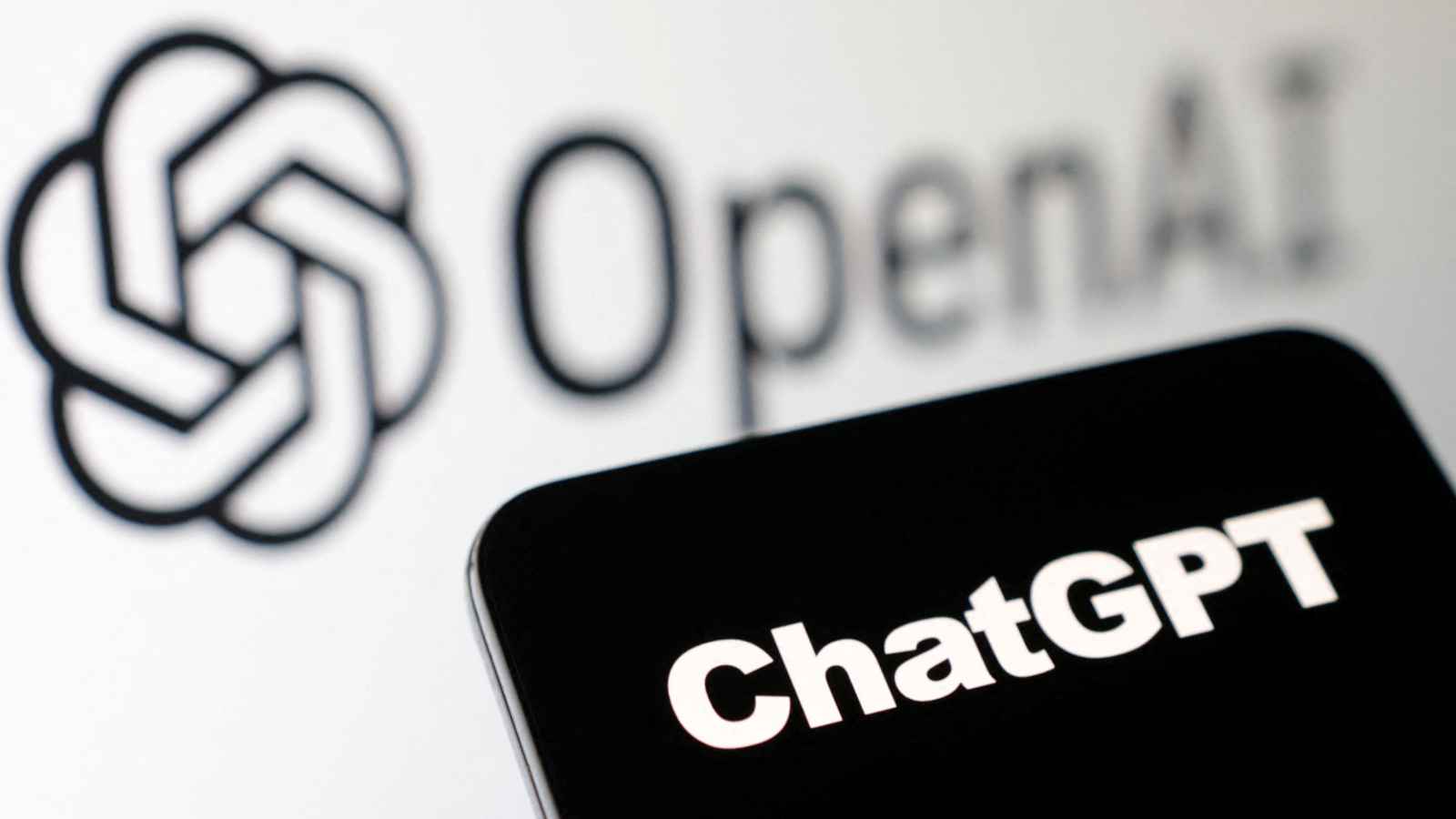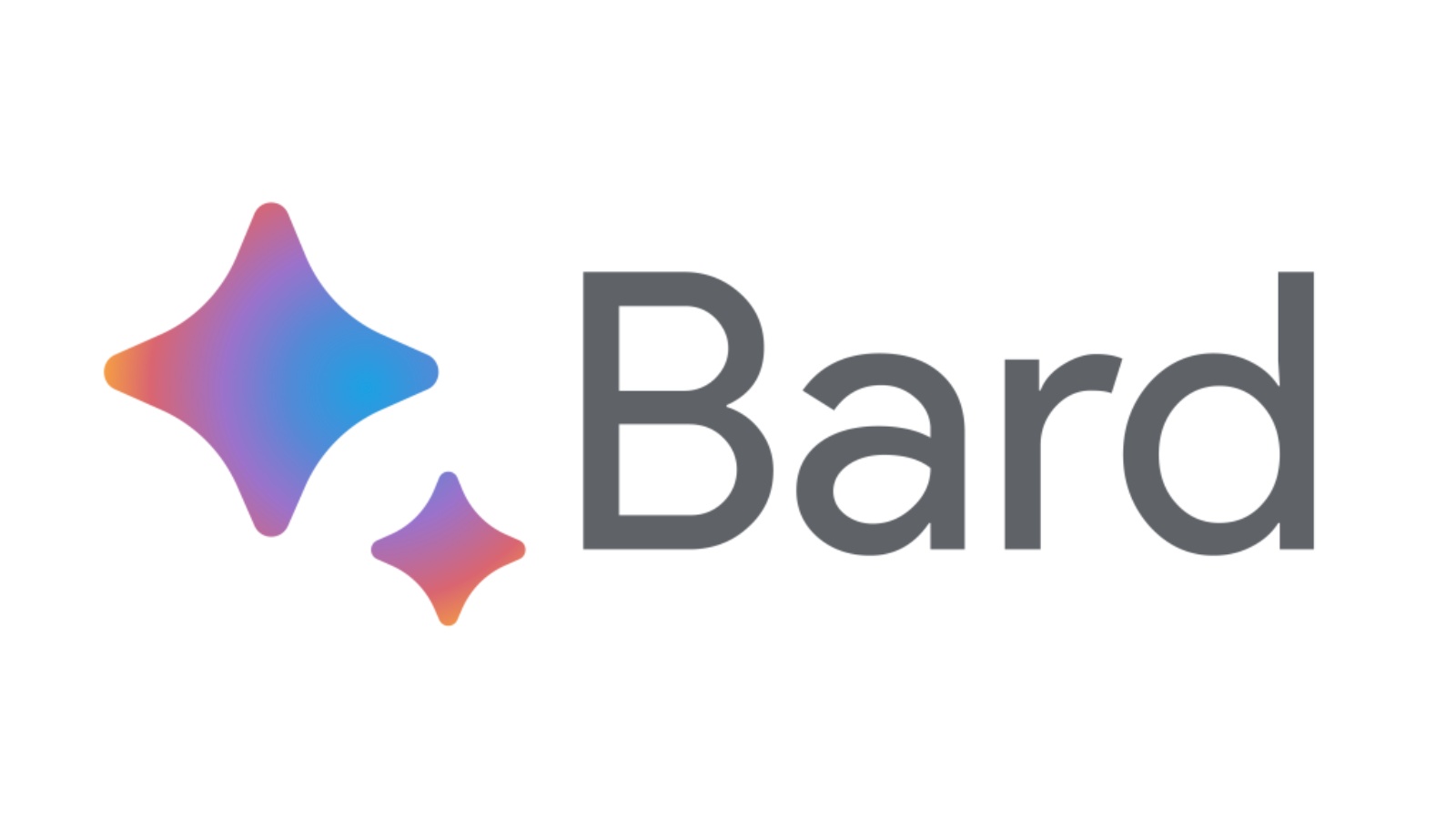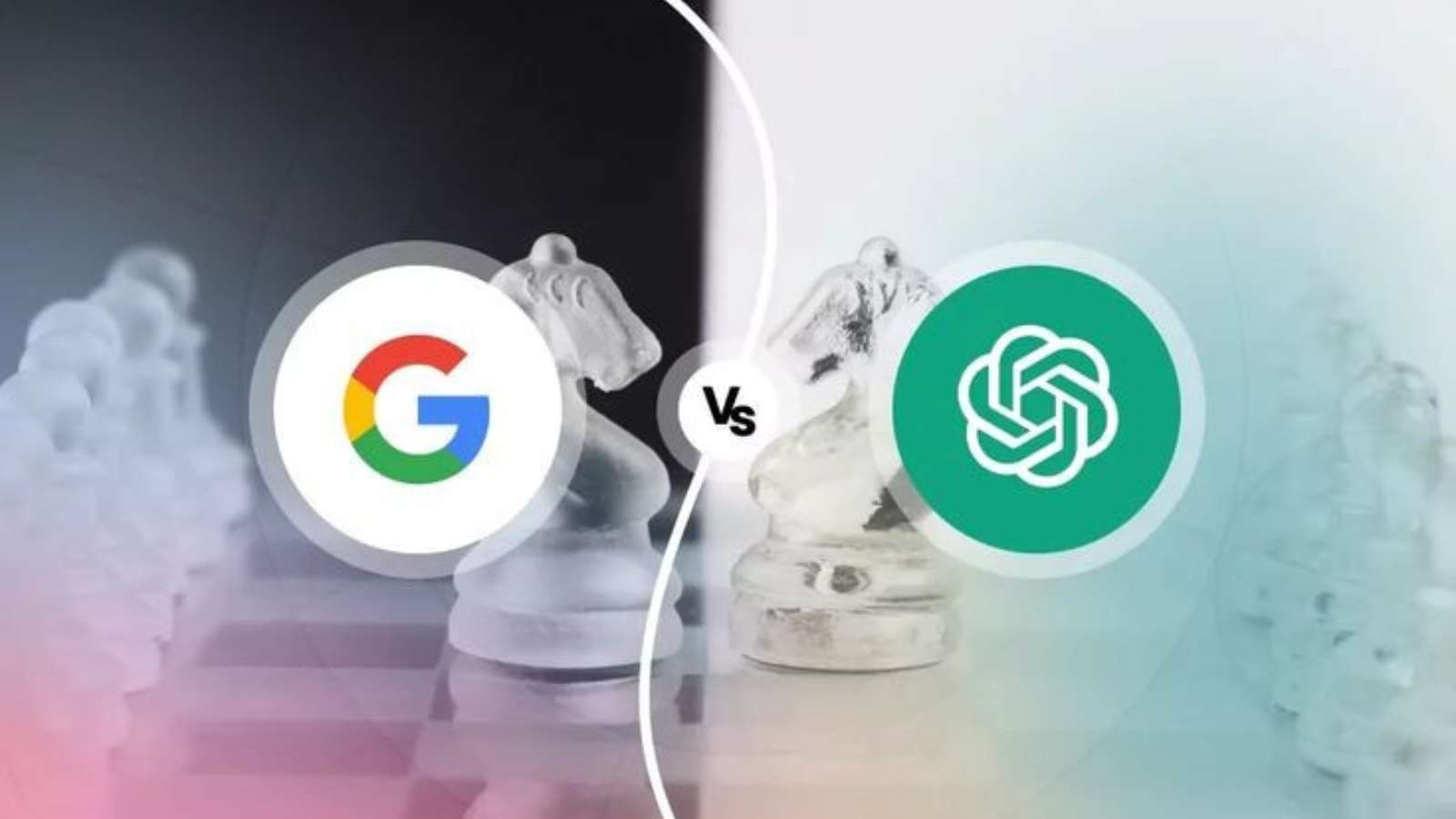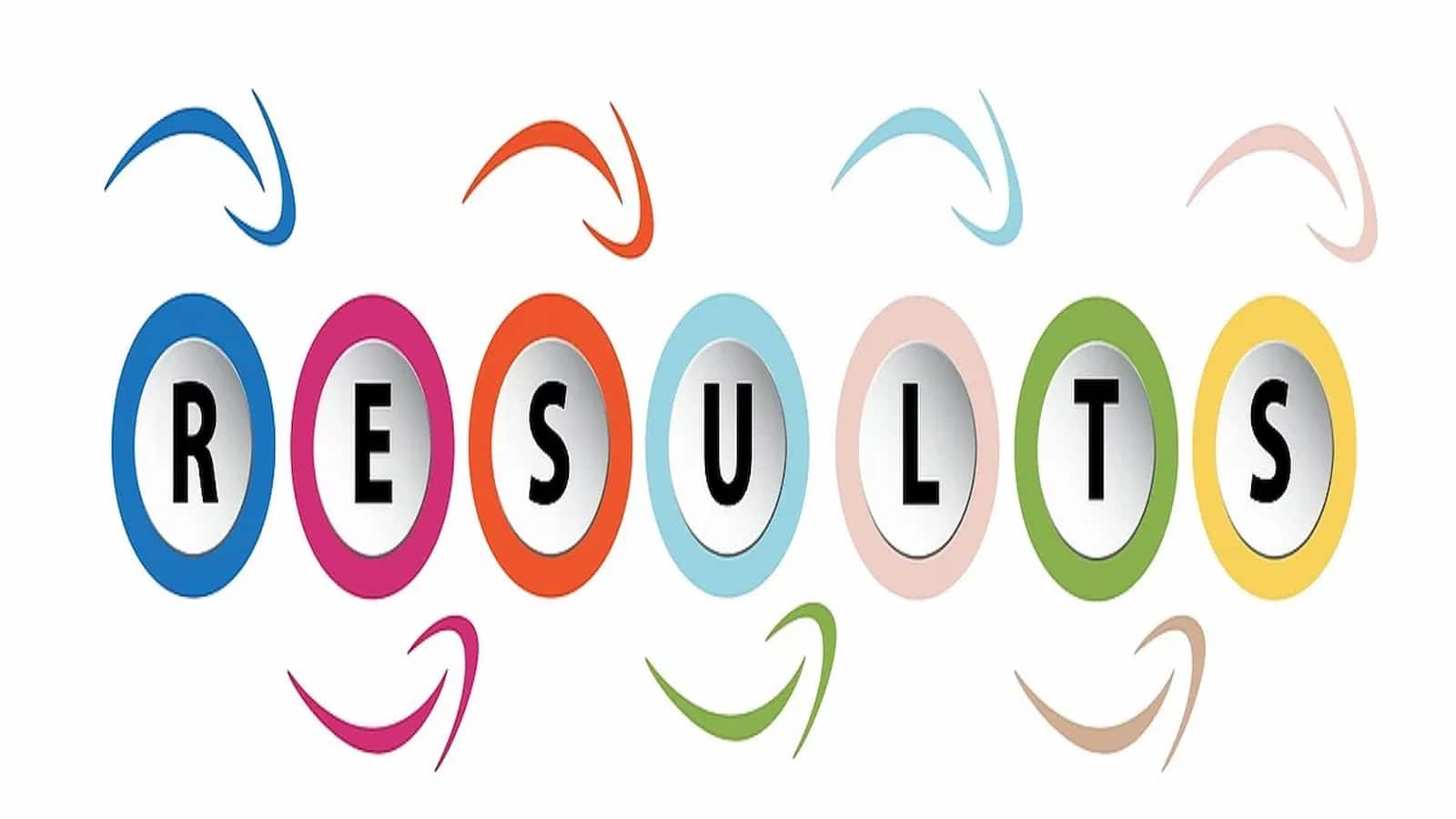Differences between ChatGPT and Google Bard: The purpose of this article is to contrast ChatGPT and Google Bard. AI chatbots have firmly established themselves as important tools for a variety of applications in the dynamic and ever-evolving world of technology. Two names have distinguished themselves as the undisputed leaders in this vast field of competitors, capturing the interest of both tech fans and the general public.
Google’s Bard and OpenAI’s ChatGPT. Each of these platforms brings a special mix of innovation, methodology, and deliverables to the table. Although they may be competing for the same objectives, their own design philosophies, methods for interacting with users, and the outcomes are noticeably different. Join us as we explore further to reveal the nuanced layers and distinctions between these two technical giants.
Differences between ChatGPT and Google Bard
What is ChatGPT?

In November 2022, OpenAI unveiled ChatGPT to the tech community. Since then, it has garnered praise from both AI enthusiasts and experts. Within the first five days of its public debut, this ground-breaking conversational AI was able to captivate the interest of an astounding 1 million users, demonstrating its potential and appeal right away.
The advanced GPT-3.5 language model is at the heart of ChatGPT. This model is distinctive in that it absorbs and gains knowledge from a wide variety of human-created stuff that is dispersed around the internet. The invention of OpenAI kept moving forward after then. By introducing ChatGPT Plus, an even more sophisticated iteration that makes use of the GPT-4 model’s capabilities, they furthered the ChatGPT lineage.
5 Ways AI and ChatGPT Can Assist Your Early Retirement
ChatGPT deserves appreciation for its flexibility and scope. It is not a one-trick AI; rather, it has a wide range of capabilities. ChatGPT is capable of creating everything from accurate codes to well-structured emails to funny memes. What’s more impressive is that it has the depth to produce complex content, like scholarly essays. However, this very feature has sparked discussions in the academic community, with teachers expressing worries about the possibility that pupils will use the technology dishonestly.
What is Google Bard?

Google presented Bard, portraying it as their formidable rival in the conversational AI area, in an effort to compete with OpenAI’s ChatGPT. Bard is the product of Google’s unrelenting quest for superior AI, and it was built on the foundation of their state-of-the-art PaLM 2 language model.
Bard’s design ethos goes beyond simple question-and-answer sessions. It seeks a deeper level of engagement with its users. While consumers may compare Bard’s rapid and brief responses to those of popular digital assistants like Alexa or Siri, Bard goes above and beyond. In addition to its responses, it offers users further links that serve as entry points for more knowledge and in-depth comprehension. Additionally, it’s not just about information; Bard also assumes the function of a virtual personal assistant, providing assistance with a variety of duties. Bard is skilled at simplifying life, whether it’s the nuanced preparation of meals for the week or the minute minutiae of organising a vacation.
The way that Bard interacts with its users is one of its unique qualities. Bard chooses a more natural conversation flow over the traditional strategy, which largely relies on keyword-based searches. By adopting a style that mimics human-to-human communication, Bard can comprehend and react to questions that are phrased in everyday, informal language, making user interactions more natural and less robotic.
Crux Differences Between ChatGPT and Google Bard
● Bard’s constant data update system is one of its best qualities. Bard, in contrast to many other models, has the ability to continuously and automatically update its database, bringing in the most recent and pertinent data from the enormous expanse of the web. Users will always obtain relevant and up-to-date information thanks to this.
ChatGPT, in comparison, uses a static database and mostly draws its expertise from material that is current as of 2021. This means that even though ChatGPT has a wide knowledge base, it might not always be up to date on the most recent advancements.
● Bard is built using the cutting-edge PaLM 2 language model from Google as the foundational technology. This model is evidence of Google’s dedication to advancing the capabilities of AI.
The GPT-3.5 language model, which has previously proven its strength in the AI world, powers ChatGPT. Additionally, OpenAI didn’t stop there; they improved ChatGPT by releasing a version that makes use of the even more sophisticated GPT-4 model.
●There are also noticeable disparities in how these two titans show information. Bard frequently breaks basic information into categorised components in its reply. This can be very useful for users trying to comprehend complex subjects.
Contrarily, ChatGPT follows a more organised strategy. It frequently presents information in a unified, single text block, giving it the perfect choice for consumers that want a simple and condensed approach.
Which One is Superior Between ChatGPT and Google Bard?
Indeed, choosing between the two is a close contest. When it comes to producing voluminous material and offering succinct summaries, ChatGPT has demonstrated exceptional competence. It is very impressive how well-crafted and contextually correct its content is. On the other hand, when answering specific questions, Bard exhibits an amazing talent for precise accuracy. Its responses satisfy consumers looking for depth by being both pertinent and packed with useful information.
It’s important to remember that the landscape of AI is always changing. Bard and ChatGPT are both constantly being improved. Feedback loops are likely to change and redefine these platforms’ capabilities as more users interact with them. We may anticipate changes and improvements in each of their individual functionalities as they continue on their voyage of progress.
Pros and Cons Analysis
The fun part here is that we asked both the AI tools about their pros and cons respectively and gathered the information to make a comprehensive guide to their abilities.
Bard’s Notable Strengths:
User Interface: One of Bard’s distinguishing qualities is its user-friendly, intuitive interface, which makes it simple for even beginners to interact with.
Research Competency: Bard stands out as a top choice for people looking for a tool to help with their research because of its prowess at digging deep into subjects and gleaning useful insights.
Recent Informatic Updates: Bard’s capacity to continuously fetch and update its database with real-time information ensures that users always have access to the most recent information.
Website Summarization: Bard’s ability to condense large web pages into clear, understandable summaries is a further achievement that helps consumers save time.
Recognisable Limitations of Bard:
Memory Constraints: Unlike some AIs, Bard does not remember or keep previous user requests. As a result, each session begins without any prior context.
AI Hallucinations: Despite its superior technology, Bard occasionally has AI “hallucinations” in which it may produce comments that are irrelevant or off-topic.
Integration Roadblocks: The present scope of third-party integrations supported by the Bard ecosystem may be a barrier for some experienced users.
User Vigilance: Although Bard has extensive web access, it occasionally may draw from sources that aren’t fully trustworthy, needing human monitoring.
The Commendable Merits of ChatGPT
Writing Mastery: ChatGPT is unmatched when it comes to creating text. It is unmatched in its capacity to produce content that is cohesive, contextually relevant, and grammatically correct.
Conversational Memory: One of ChatGPT’s distinguishing characteristics is its capacity to recall previous exchanges, which ensures continuity in ongoing chats and improves user experience.
Responsive: Users can quickly exchange responses via ChatGPT, making it a useful tool for group projects or conversations.
Excellence in Integration: ChatGPT offers a strong integration structure that enables it to integrate flawlessly with a variety of platforms, thus expanding its utility.
ChatGPT’s Drawbacks:
Manual Efforts: Despite ChatGPT’s ability to provide summaries, users frequently must resort to manual copying and pasting, which may appear time-consuming to some.
Issues with Verbosity: ChatGPT occasionally produces lengthy responses that may go beyond what a user was seeking for since it is a little too thorough.
Authenticity Concern: Fact-Checking Is Necessary Users might occasionally need to confirm the accuracy of its outputs because its database isn’t always updated with the most recent data.
Cost Consequences: For individuals interested in ChatGPT Plus’s more sophisticated features, it’s important to know that this upgraded edition has a fee and isn’t offered for free.
Conclusion
Leading AI platforms Bard and ChatGPT have both carved out sizable niches for themselves in the quickly changing technological landscape. Each offers a special combination of talents and qualities, posing its own set of advantages and difficulties. Beyond these specific characteristics, these platforms have made an enormous and irrefutable aggregate contribution to the development of AI-generated content.
The ripple effects of these developments promise to transform not only the field of conversational AI but also more general AI applications as they go through constant revisions and enhancements. Their potential is both thrilling and profound. From revolutionising the way we produce and consume content to changing the way customer service is provided and even altering companies and areas we may not yet be aware of.
So, it’s crucial to keep a close eye on these AI behemoths as we stand at the beginning of this technological revolution. If you have any comments, questions, or recommendations, please let us know in the space below. We hope you find our comparison of ChatGPT and Google Bard useful and instructive. More information about both of these can be found online.



